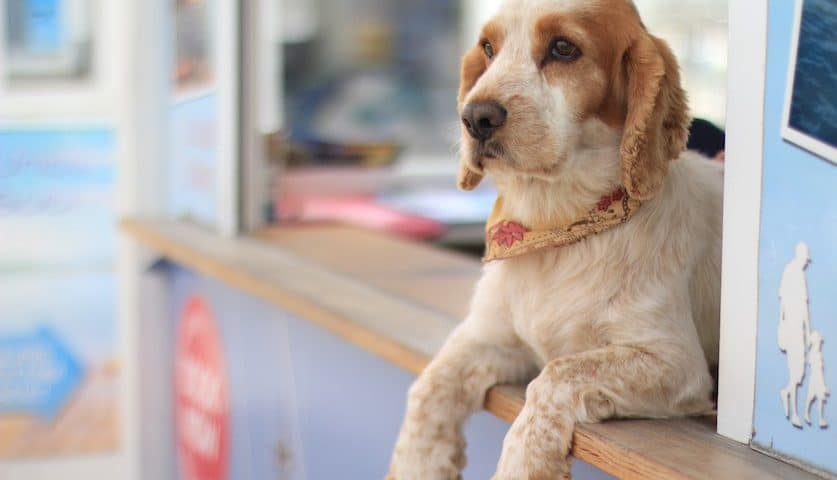
5 Marketing Trends That Will Shape the Future
August 3, 2017
Best Ways Leaders Can Motivate Their Team
August 4, 2017Sponsored Content: It’s all too easy to hop on PetFinder and browse through the adorable faces of adoptable animals in your area. Their eyes say “take me home,” and you can, for the low price of an adoption fee! Whether it’s free, $50 or $350 to adopt an animal, that’s peanuts compared to the priceless love, companionship, and entertainment they’ll provide over the years. Right?
Right, except the up-front price tag for adopting an animal is just the tip of the iceberg. While prospective pet owners usually have the best of intentions, it’s important not to forget that bringing a fur baby home (or a new friend with feathers, scales, a shell or spines) means a long-term financial commitment.
Animals are not an impulse buy! Here are four post-adoption costs of owning a pet that requires planning and savings so you can live a long and happy life together.
Shelter, Comfort and Food Supplies
Your paperwork has gone through and “gotcha” day has arrived. You load your new BFF (Best Fur Friend) into the car and drive home. And… you walk into your house that’s perfect for people but woefully underprepared for other species. Where is your animal going to sleep? What will it eat? Is the temperature just right? These details need to be squared away before you actually have your animal in your arms.
A dog needs at least bed, a kennel, a collar, a leash, food and water bowls, and toys. A cat needs many of these things plus a scratching post and a litter box. And getting an exotic pet, though it may seem easier than getting a domesticated one, often requires, even more, specialty equipment! Hedgehogs, for example, require an ambient temperature around 75 to 80 degrees Fahrenheit so they don’t go into potentially deadly hibernation. Many turtles require an aquarium habitat that’s 30 gallons at the smallest, all the way up to 125 gallons as they grow. Every pet has its own shelter, food and comfort needs; research them well ahead of time and be prepared to spend a few hundred dollars on the essentials.
Miscellaneous Pet Fees
If you live in an apartment or condo, your building may ask for a mandatory pet deposit so you’re not in violation of your lease. These may be refundable, or it may be a one-time fee that your landlord or building manager keeps—typically between $200 and $500. Other buildings require “pet rent” between $10 and $100 dollars, month in and month out.
If you own your own property, you’re exempt from these renting fees. But did you know that insurance companies may raise your rates if you adopt a certain breed (like a pit bull), or declare you “uninsurable” altogether? Since dog bites make up a significant chunk of insurance claims, companies don’t want to deal with the extra risk. After all, around 4.5 million dog bites occur in the U.S. every year, and over half of those bites happen at home with familiar canine companions. A homeowners insurance calculator can help you explore your coverage options before or after you make a big life change like bringing home a pet.
Routine and Emergency Vet Bills
Pet owners have to worry about the cost of regular checkups as well as unexpected vet bills. If your pet starts showing alarming symptoms of illness or distress at midnight, you’re going to scoop them up into your arms and head for the nearest emergency vet. The last thought on your mind will be how you can afford it; pets are family and that’s just what you do. But when the vet hands you the bill at the end of the session and your eyes go wide at the number of zeros, you’ll be glad that you planned ahead and set up a pet savings account to offset such costs.
Boarding and Pet Sitting
What happens when you have to take your first work or family trip and leave your pal at home? You’ll either need to pay for boarding at an accredited kennel (or vet’s office for exotic animals) or pay someone to visit your home every day and check on your animals.
As you can see, the initial price tag is just the beginning. The best thing you can do for yourself and for your future four-legged friend is start saving now, create a budget and plan for every possibility—whether you’re getting an “easy” pet like a guinea pig or something more demanding, like a dog.








